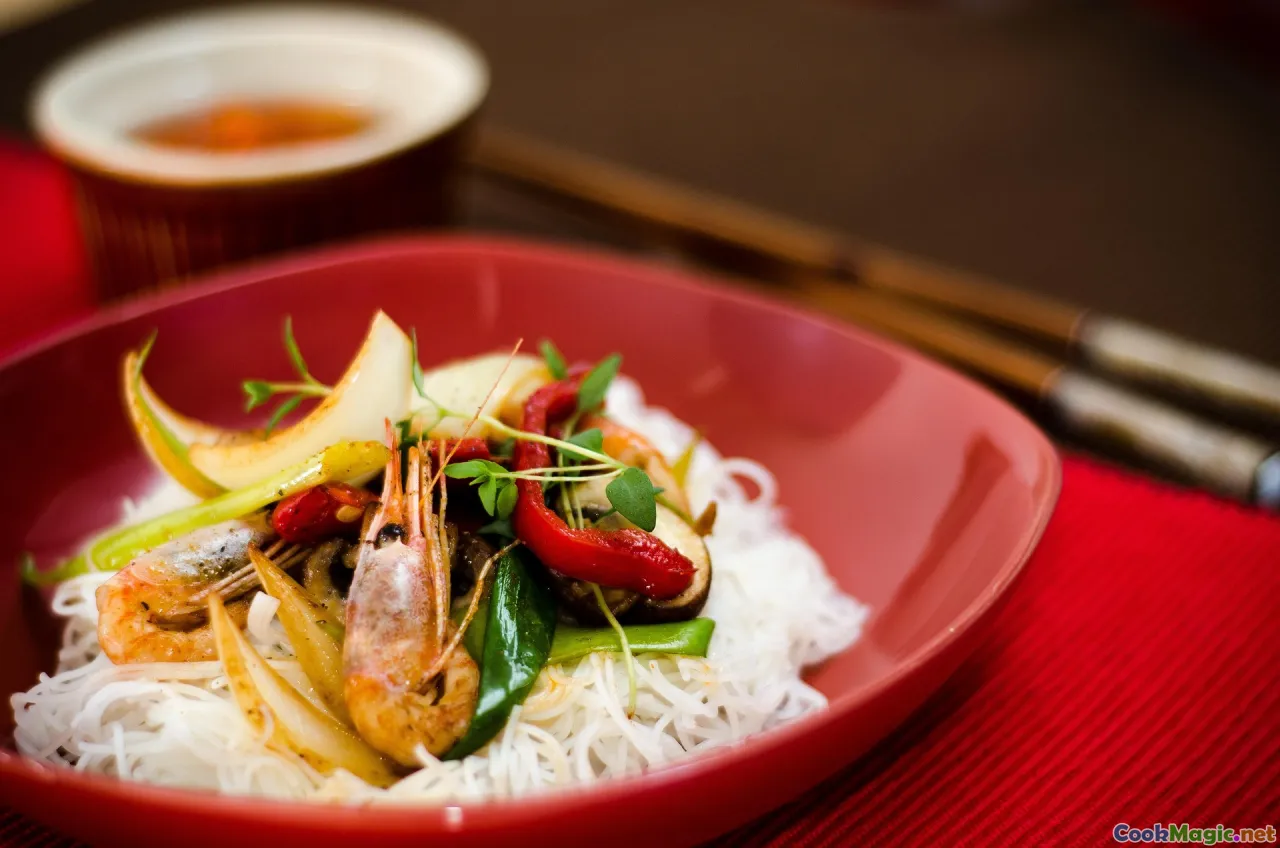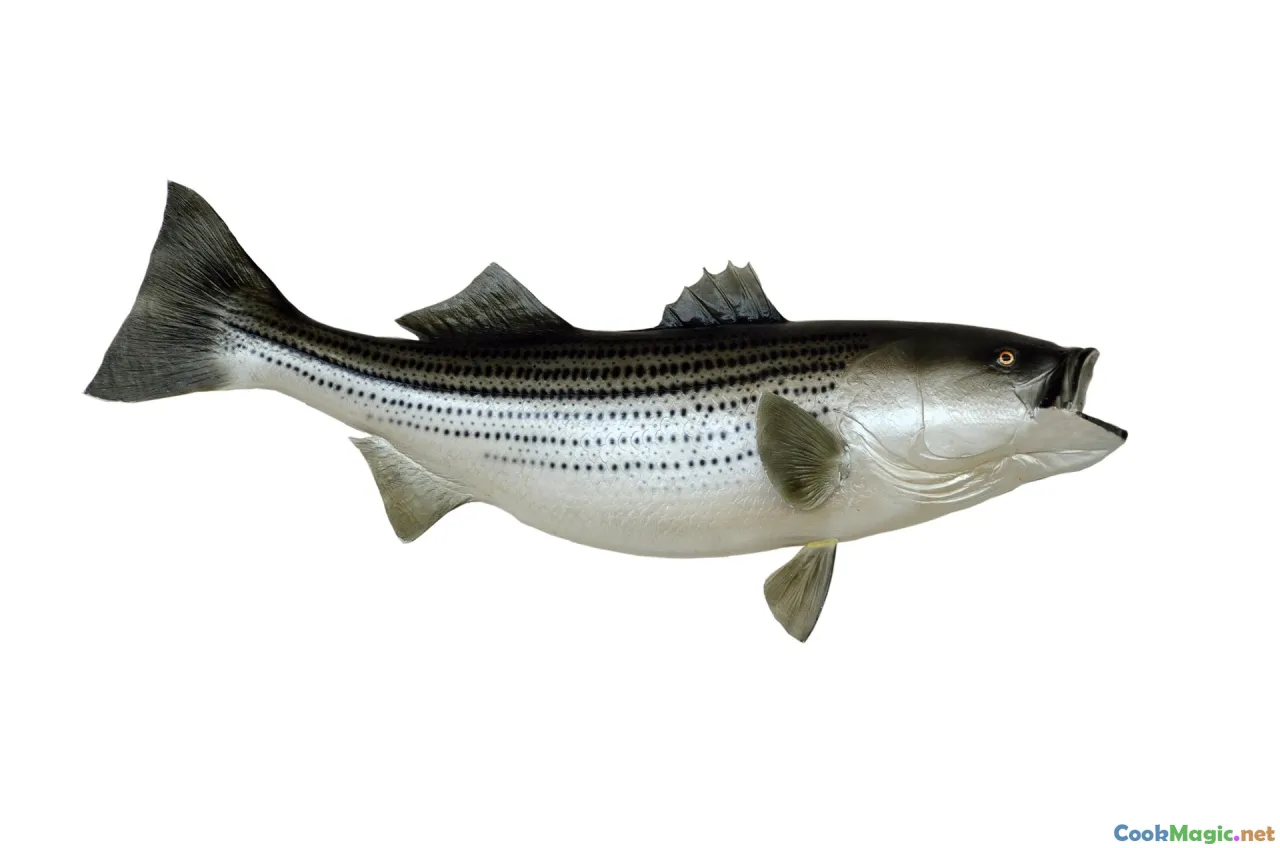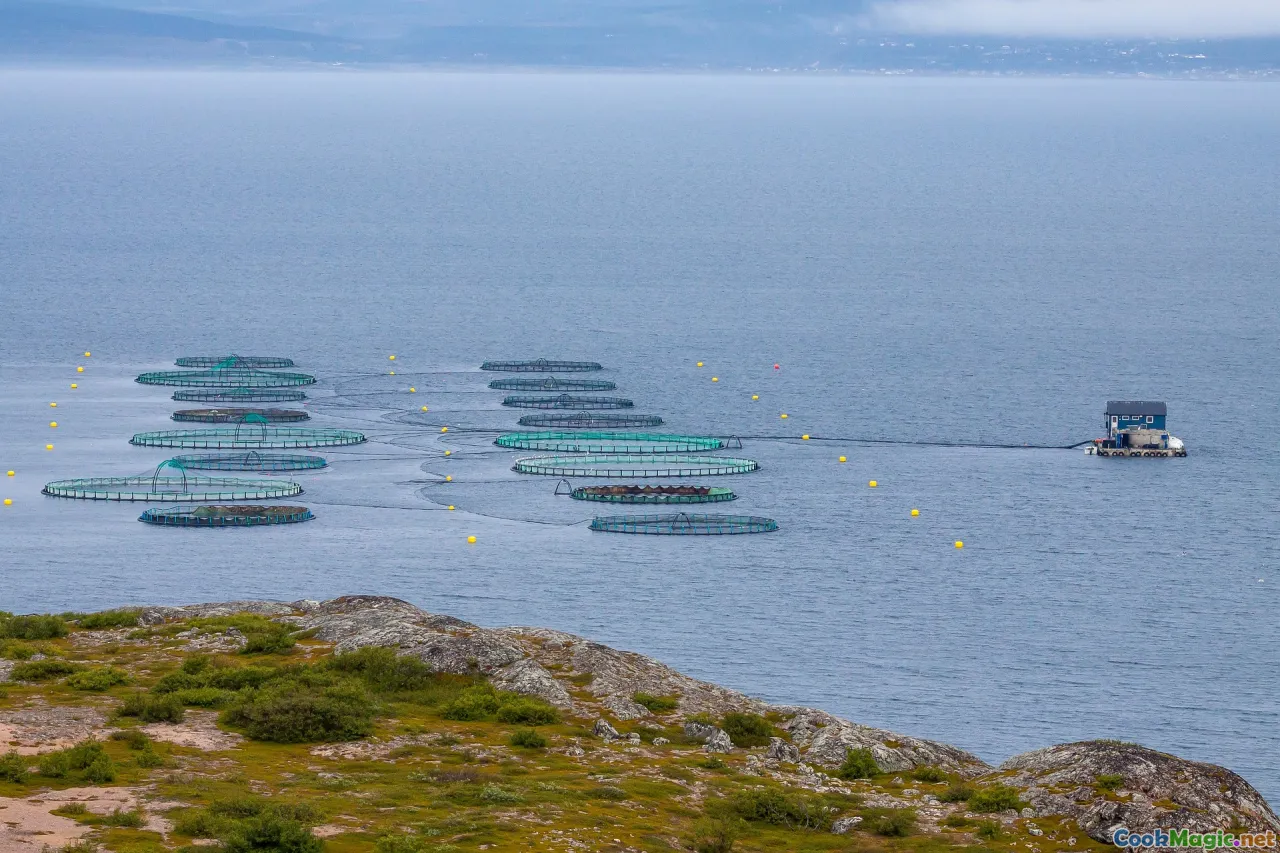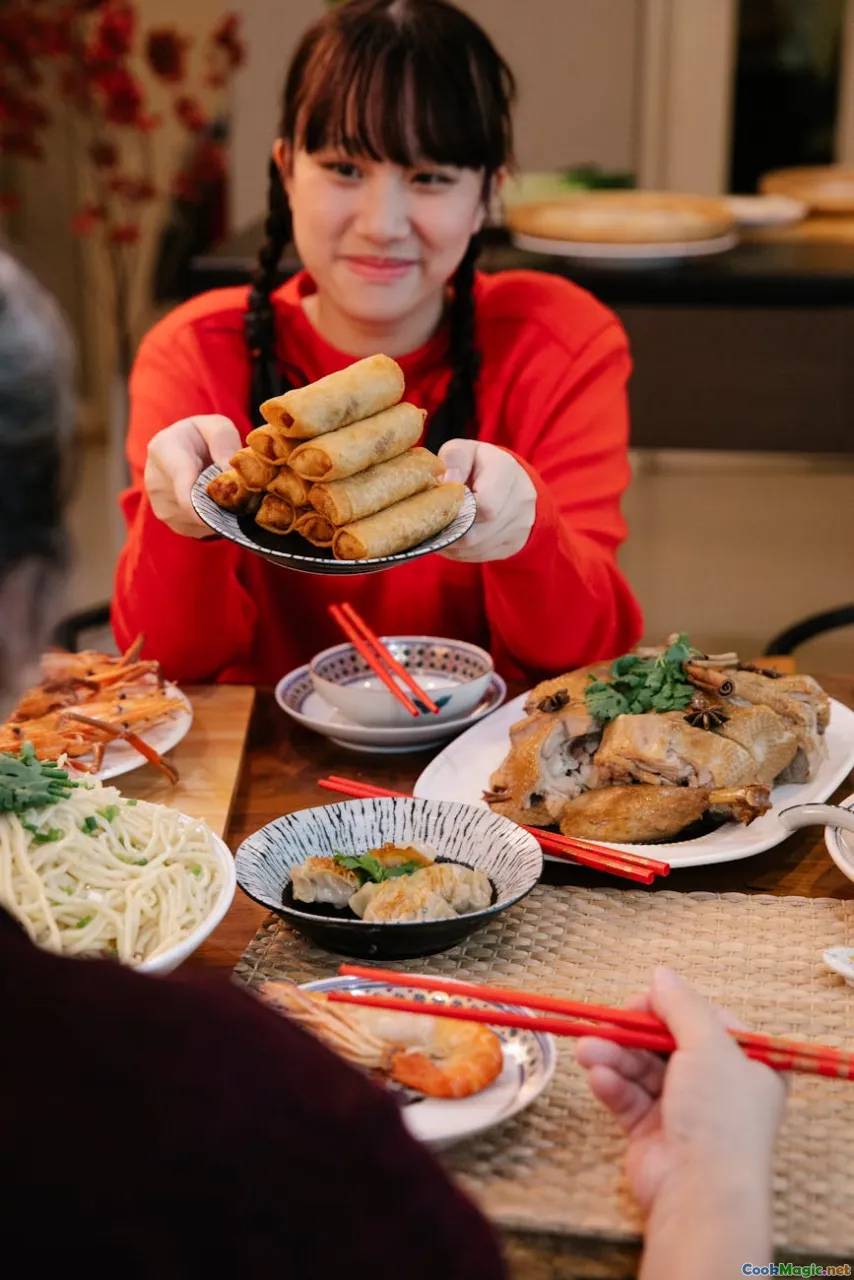Sustainable Seafood Choices for Pan Asian Fusion Dishes
10 min read Discover eco-conscious seafood options that enhance the flavors and sustainability of your Pan Asian fusion dishes. July 17, 2025 03:05
Sustainable Seafood Choices for Pan Asian Fusion Dishes
When I first stepped into a bustling night market in Bangkok, the air was thick with the pungent aroma of grilled fish, fiery chilies, and sweet soy. The stalls beckoned with vibrant displays of seafood—glimmering prawns, plump squids, and glistening fillets—each promising a taste of maritime freshness. Over the years, as cuisines evolved into the vibrant dance of Pan-Asian Fusion—a harmonious blend of Chinese, Japanese, Korean, Thai, Vietnamese, and Southeast Asian influences—I became increasingly aware of how central seafood is to this culinary tapestry. Yet, amid the excitement of crafting delicious dishes, the pressing need to choose sustainable seafood options has never been more vital.
Imagine preparing a soulful Thai-style steamed snapper with fragrant herbs, or a Japanese sashimi platter that highlights the ocean’s bounty without depleting it. The secret to not only preserving these flavors but also respecting our planet lies in making mindful, sustainable seafood choices. In this article, we'll explore how to navigate the world of seafood with ecological responsibility while creating sinfully flavorful Pan-Asian fusion dishes that honor tradition and innovation.
The Importance of Sustainability in Pan-Asian Seafood Cuisine

Sustainability isn't just a buzzword—it's the backbone of future-facing culinary artistry, especially when it comes to seafood. The waters that feed our Pan-Asian fusion plates are fragile ecosystems that have faced relentless pressure from overfishing, habitat destruction, and climate change. Traditionally, many Asian communities have relied heavily on wild-caught seafood, but scientific reports consistently warn of collapsing fish populations if we do not change our approach.
For example, overfishing of species like Japanese bluefin tuna has reached alarming levels, threatening their long-term presence in sushi bars and markets worldwide. Meanwhile, in Southeast Asia, destructive fishing practices like trawling have devastated coral reefs, crucial breeding grounds for countless species.
Engaging with sustainable seafood means more than just choosing wisely; it’s an act of cultural preservation. Fish such as mackerel, threaded through countless dishes from Korean spicy soups to Vietnamese. salads, naturally replenish in well-managed fisheries, offering a hope for resilient food cultures. When we emphasize sustainability, we ensure that the magic of flavorful dishes can carry on for generations.
Recognizing Sustainable Seafood: Myths and Tips

The marketplace is now flooded with labels claiming eco-friendliness—MSC, ASC, Best Aquaculture Practices—but how trustworthy are these? As a culinary enthusiast, I’ve learned to read beyond labels. Here are some tangible tips:
- Know Your Species: Prefer species that are abundant and have less fishing pressure. For example, Alaskan salmon, farmed in sustainable conditions, vs. overfished wild Atlantic salmon.
- Opt for Certified Options: Look for credible eco-labels like Marine Stewardship Council (MSC) or Aquaculture Stewardship Council (ASC). These certifications verify sustainable harvesting and farming practices.
- Local and Seasonal Choices: Choosing seafood local to your region—like oysters from indigenous farms—reduces carbon footprints and supports local economies.
- Ask Questions: Talk to suppliers about their sourcing. Trustworthy vendors are transparent about their practices.
My personal experience in sourcing sustainable seafood for a Pan-Asian fusion menu involved visiting a local fishmonger who explained the origins of their catch, which profoundly influenced my menu choices.
Embracing Farming and Innovation: A Sustainable Future

While wild-caught fish remain vital, aquaculture (fish farming) has evolved as a crucial player in reducing pressure on wild stocks. Smart, environmentally conscious fish farms—especially native species farmed in closed systems—offer a way forward.
For example, Vietnam’s pangasius (tra fish) is farmed extensively in the Mekong Delta using sustainable practices. When incorporated thoughtfully, farmed fish like barramundi from Australia or Trochus sea snails from Japan can become stars in your dishes, delivering the same luscious textures and flavors with a smaller ecological footprint.
Innovation isn't limited to farming. Researchers are exploring recirculating aquaculture systems (RAS), which significantly reduce water use and habitat impact. Such advancements mean that chefs can enjoy cafe-style delicacies like lobster or clams without contributing to overexploitation.
Suggested dish: Pan-Asian Fusion with Sustainable Seafood
Imagine a Korean-inspired Spicy Sashimi Bowlfeaturing sustainably sourced albacore tuna, or a ThaiGrilled Lemongrass Fish made with wild-caught snapper from well-managed fisheries. These dishes meld tradition with responsible sourcing, creating a culinary experience rooted in consciousness.
Building a Sustainable Seafood Menu: Practical Tips

Designing a menu that champions sustainability involves deliberate choices:
- Diversify Your Seafood: Instead of relying on a handful of popular species, explore lesser-known but abundant local varieties.
- Use Preserved and Canned Seafood Strategically: High-quality canned sardines or salmon can substitute for fresh ingredients in salad, pâté, or rice bowl recipes.
- Engage with Responsible Suppliers: Establish relationships with seafood providers committed to sustainable harvesting.
- Educate Your Diners: Share stories and visuals about your sourcing journey—this transparency builds trust and advocacy.
A personal favorite is crafting a Southeast Asian Lemongrass Shrimp Skewers using farmed prawns from responsible farms, paired with fresh herbs and spicy dips. The aroma alone whispers of ocean freshness, guilt-free.
Authenticity Meets Responsibility: The Emotional Connection

What truly underpins the success of Pan-Asian fusion is authenticity—the genuine flavors, traditions, and memories encapsulated in each dish. When you choose sustainable seafood, you don’t just preserve the environment; you safeguard cultural identities.
I recall a family dinner in Vietnam where my hosts proudly served grilled barramundi wrapped in banana leaves. The fish, responsibly farmed, carried not only a delicate taste but also a silent promise to future generations. Choosing sustainable ingredients transforms cooking from merely a craft into a shared cultural stewardship.
This emotional connection is the heartbeat of responsible culinary art. It reminds us that each seafood choice echoes through time, linking us to the ocean’s depths, ancient traditions, and the promise of conservation.
Final Thoughts: Savor the Future
In the colorful, aromatic world of Pan-Asian fusion, seafood serves as a bridge between cultures and a symbol of our shared dependence on oceanic health. By integrating sustainable choices into our culinary repertoire, we honor the flavors we adore while championing the planet’s well-being.
Next time you’re inspired to whip up a vibrant Thai green curry, a spicy Korean jjigae, or sushi that melts in your mouth, remember: your choice of seafood can help conserve the ocean’s bounty. With mindful sourcing, innovative farming, and a deep respect for tradition, we can ensure that this delicious voyage continues—flavorful, ethical, and enduring.
Let every plate tell a story of sustainability, flavor, and cultural harmony—a true testament to the power of mindful eating in the realm of Pan-Asian fusion.









